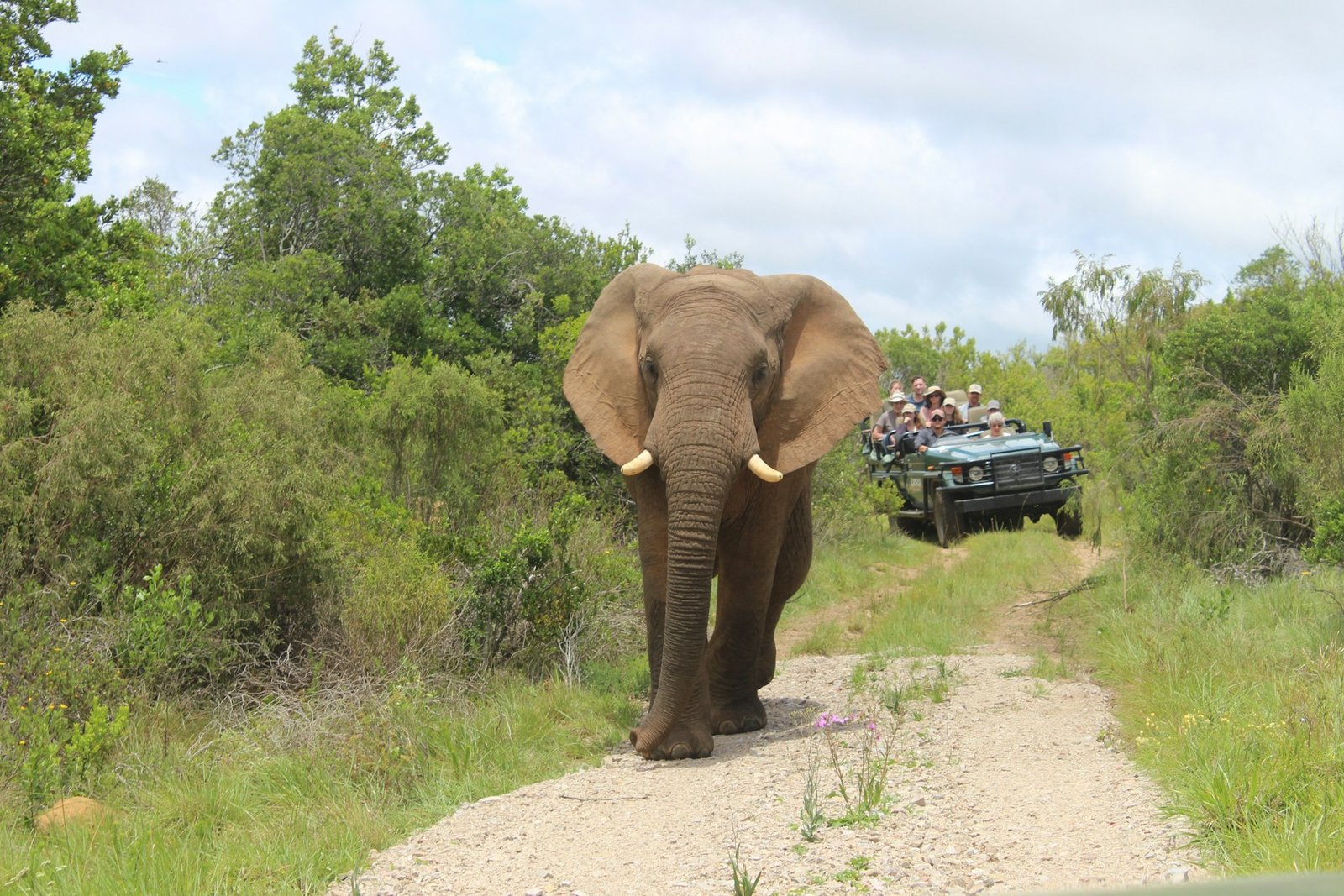African safari destinations offer an unparalleled wildlife experience that combines thrilling animal encounters, breathtaking landscapes, and luxury accommodations. From the legendary Serengeti plains to the pristine waterways of the Okavango Delta, these top 10 destinations provide US travelers with unforgettable memories and world-class safari adventures. Whether seeking the Great Migration, Big Five sightings, or exclusive wilderness experiences, Africa’s premier safari parks deliver extraordinary wildlife viewing opportunities that have captivated travelers for generations.
Table of Contents
Serengeti National Park, Tanzania
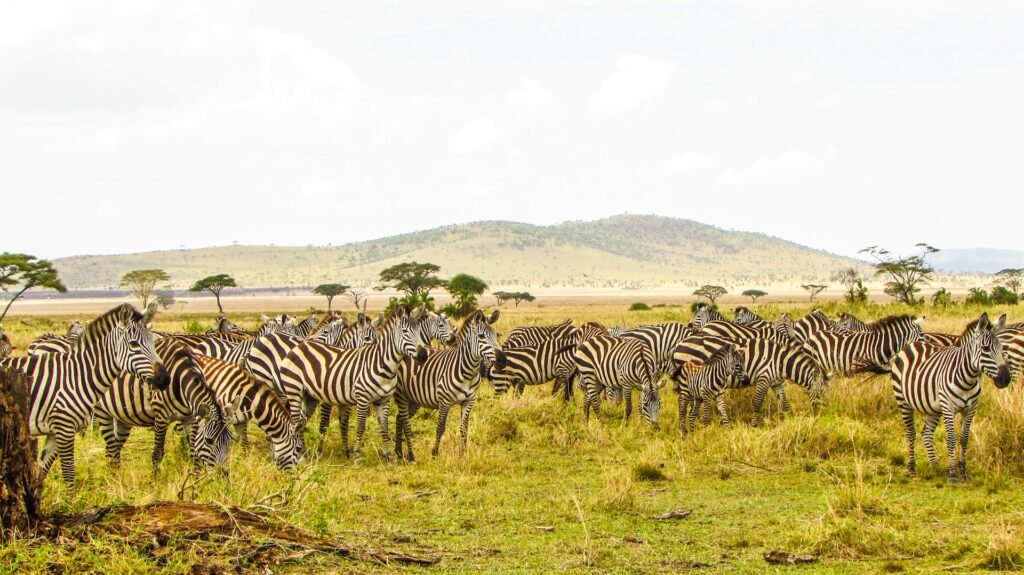
The Serengeti National Park stands as Africa’s most celebrated safari destination, earning the title of best safari park for five consecutive years. This 5,700-square-mile wilderness in northern Tanzania hosts one of the world’s most spectacular natural phenomena – the Great Migration. Approximately 2 million wildebeest, 900,000 Thomson’s gazelles, and 300,000 zebras traverse the endless plains annually, creating an unmatched wildlife spectacle.
The park’s diverse ecosystem supports over 35 species of plains animals, including 4,000 lions, 1,000 leopards, 225 cheetahs, and 2,700 elephants. The Serengeti’s iconic landscape features vast grassland plains dotted with granite outcrops called koppies, providing perfect vantage points for predators and dramatic photographic opportunities.
Best time to visit: January-February and June-October, with different areas offering optimal viewing during specific months. The western corridor provides excellent Great Migration viewing from May to July, while the southern plains are ideal during calving season from December to March.
Masai Mara National Reserve, Kenya
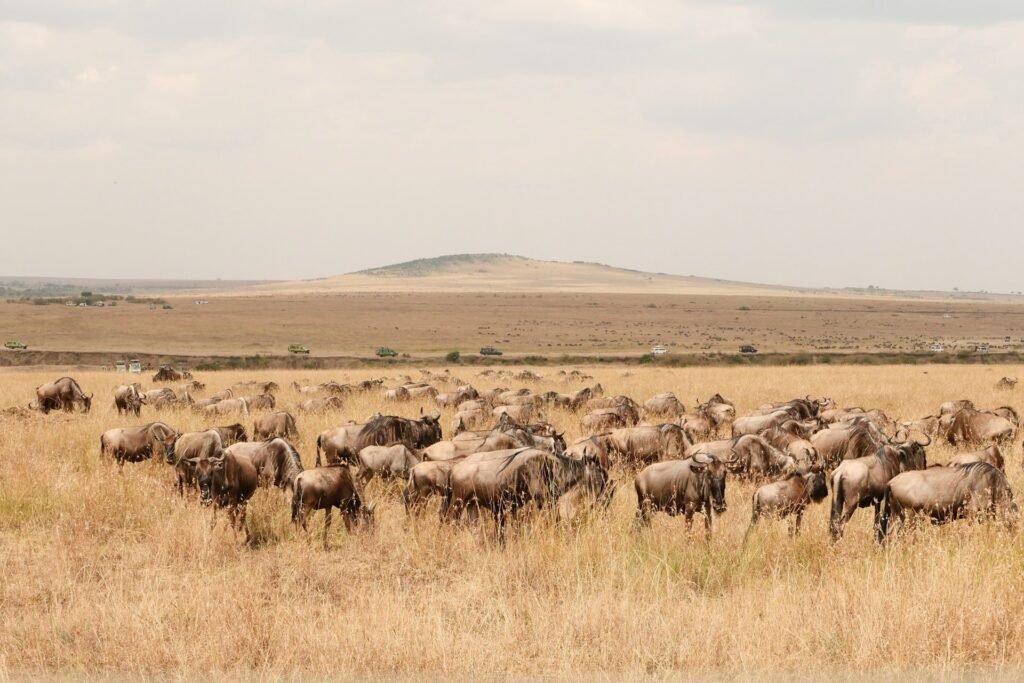
The Masai Mara National Reserve ranks among the world’s premier wildlife destinations, famous for hosting the northern leg of the Great Migration from July through October. This 583-square-mile reserve offers exceptional year-round game viewing with high concentrations of lions, leopards, and cheetahs. The Mara’s open savanna provides perfect hunting grounds for cheetahs, making it one of Africa’s best locations to observe these magnificent cats.
The reserve protects the Big Five and supports large populations of elephants, buffalo, zebra, and giraffe. During migration season, visitors witness dramatic river crossings where wildebeest face enormous crocodiles waiting in the Mara River. The Masai Mara also offers unique cultural experiences with the indigenous Maasai people, adding cultural richness to wildlife encounters.
Accommodation tip: Book at least one year in advance for migration season, as prime locations fill quickly. Hot air balloon safaris provide spectacular aerial views of the herds and end with champagne breakfast on the plains.
Kruger National Park, South Africa
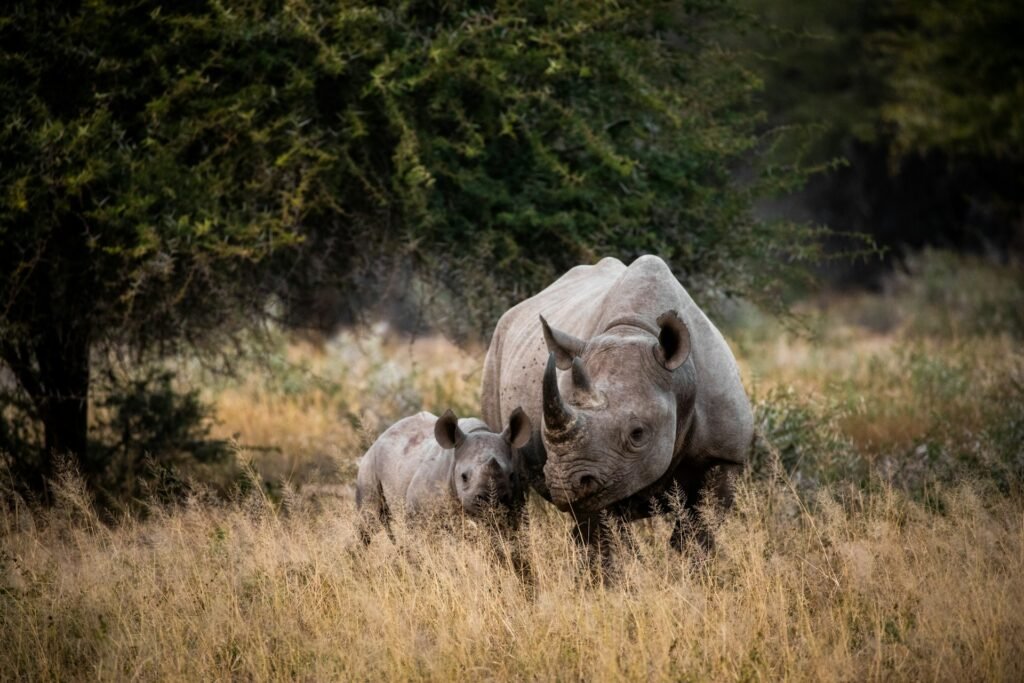
Kruger National Park serves as South Africa’s flagship safari destination and one of the world’s most accessible wilderness areas. Covering nearly 19,623 square kilometers, this vast park offers exceptional Big Five viewing with almost guaranteed sightings of all five species in a single day. The park’s well-developed infrastructure makes it ideal for both self-drive adventures and guided safaris.
Kruger’s biodiversity is staggering, supporting 147 mammal species, 507 bird species, 114 reptiles, and 49 fish species. The park’s 16,900 elephants represent one of Africa’s largest populations, while healthy numbers of 4,000 lions and both black and white rhinos provide excellent predator viewing. The diverse landscapes range from southern plains to mopane-dominated northern regions, each offering unique wildlife experiences.
Advantages for US travelers: Direct international flights to Johannesburg, excellent malaria-free areas, world-class private reserves like Sabi Sands adjacent to the park, and the ability to combine safari with Cape Town’s wine country.
Okavango Delta, Botswana
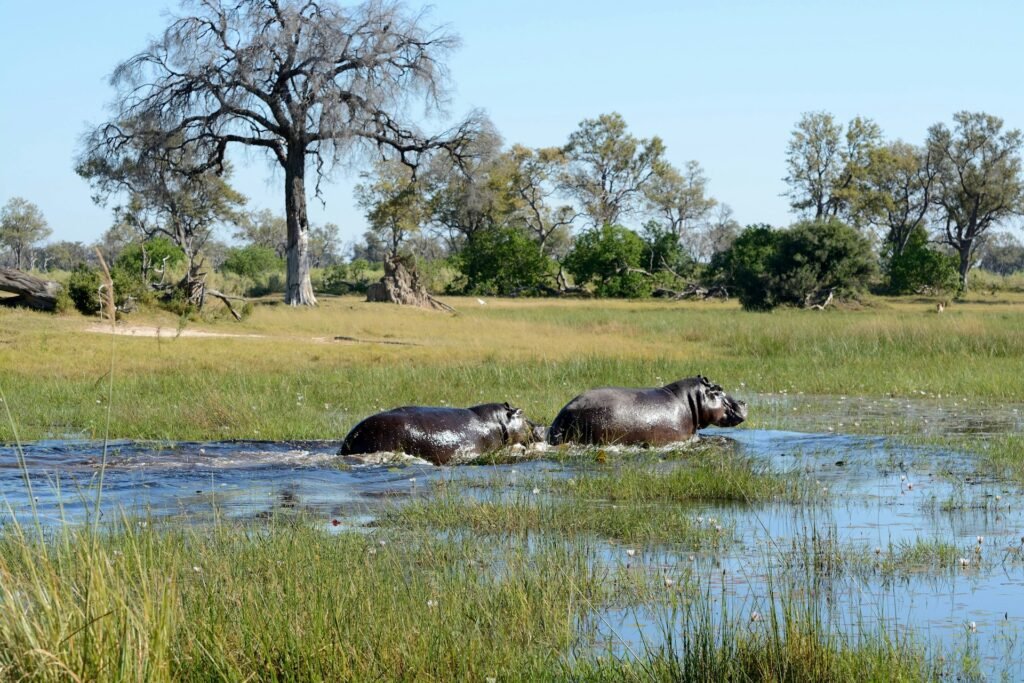
The Okavango Delta represents one of Africa’s most exclusive wilderness experiences, designated as UNESCO’s 1000th World Heritage Site. This vast inland delta transforms the Kalahari Desert into a lush wetland paradise, supporting exceptional wildlife concentrations during the dry season when animals congregate around permanent water sources.
The delta’s unique mokoro (dugout canoe) safaris offer intimate wildlife encounters impossible elsewhere in Africa. Visitors glide silently through crystal-clear channels past elephants feeding in the reeds, sitatunga antelope, and the rare Pel’s fishing owl. The delta supports large populations of elephants, buffalo, lions, leopards, and the endangered African wild dogs.
Seasonal considerations: The annual flood arrives during Botswana’s dry season (May-September), creating optimal wildlife viewing as animals are concentrated on islands. Accommodation is extremely exclusive, with many camps hosting only 3-4 suites, ensuring privacy and personalized service.
Ngorongoro Crater, Tanzania
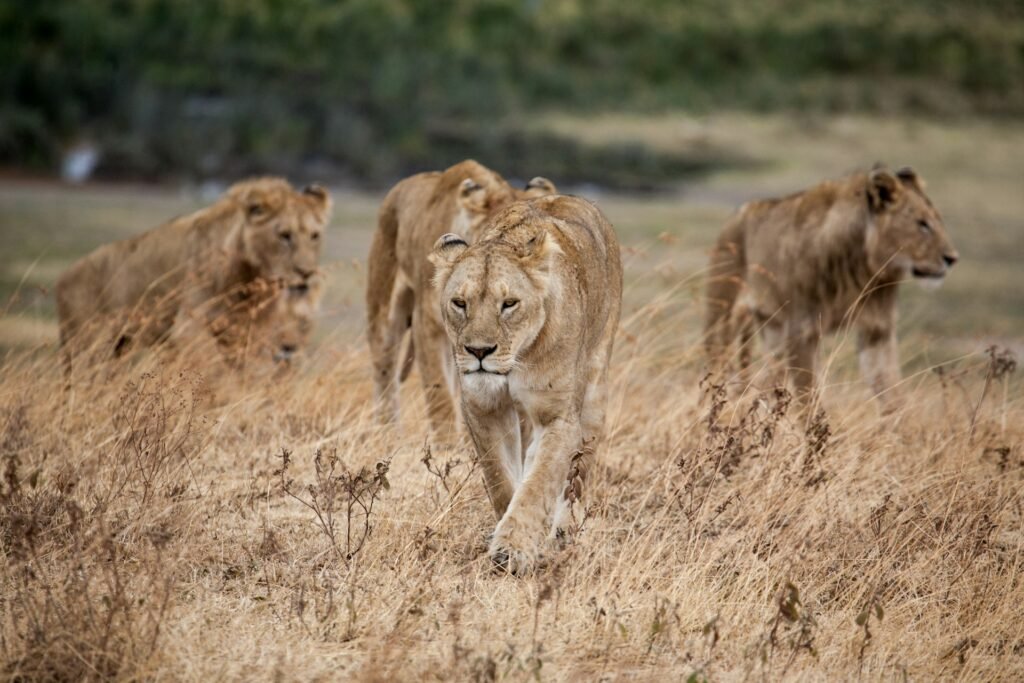
The Ngorongoro Crater stands as the world’s largest intact volcanic caldera, earning recognition as the “eighth wonder of the world”. This 102-square-mile natural amphitheater contains the highest concentration of wildlife in Africa, with over 30,000 animals residing within its walls year-round. The crater floor provides a unique ecosystem where all Big Five species thrive, including the densest lion population in the world.
The crater’s permanent water sources and rich volcanic soils create an Eden-like environment supporting elephants, black rhinos, buffalo, leopards, and over 400 bird species including flamingo-filled Lake Magadi. The 2,000-foot crater walls create a natural enclosure, ensuring exceptional wildlife viewing regardless of season.
Planning tip: The crater can become crowded during peak season, but the incredible wildlife density makes every game drive rewarding. Early morning visits offer the best lighting for photography and cooler temperatures.
South Luangwa National Park, Zambia
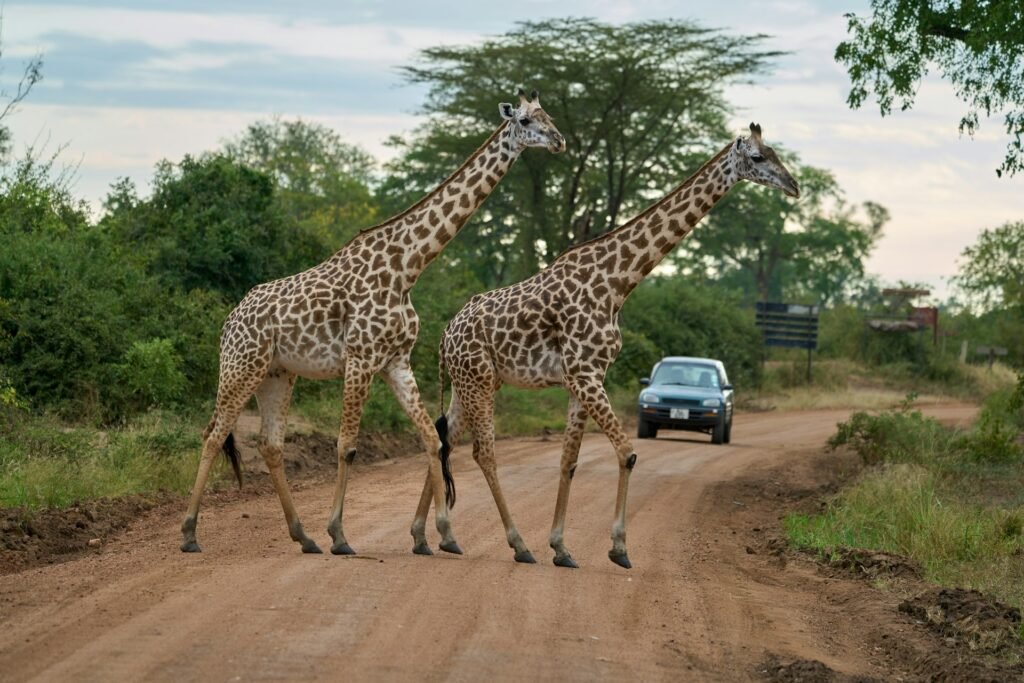
South Luangwa National Park pioneered the walking safari concept and remains one of Africa’s premier destinations for this intimate wildlife experience. The park’s 9,050 square kilometers encompass the pristine Luangwa Valley, supporting over 400 bird species and 60 mammal species including large populations of elephants, hippos, and the endemic Thornicroft’s giraffe.
The Luangwa River serves as the park’s lifeline, attracting incredible wildlife concentrations during the dry season from June through October. The park offers exceptional leopard viewing, with these normally elusive cats frequently observed due to expert local guides and reduced vehicle pressure. Night safaris reveal nocturnal species including genets, civets, and hunting predators.
Accommodation quality: South Luangwa features several world-class safari camps including owner-run properties like Tafika Camp and Kaingo Camp, known for exceptional guiding and photographic opportunities. The park’s remote location ensures authentic wilderness experiences with minimal crowds.
Chobe National Park, Botswana
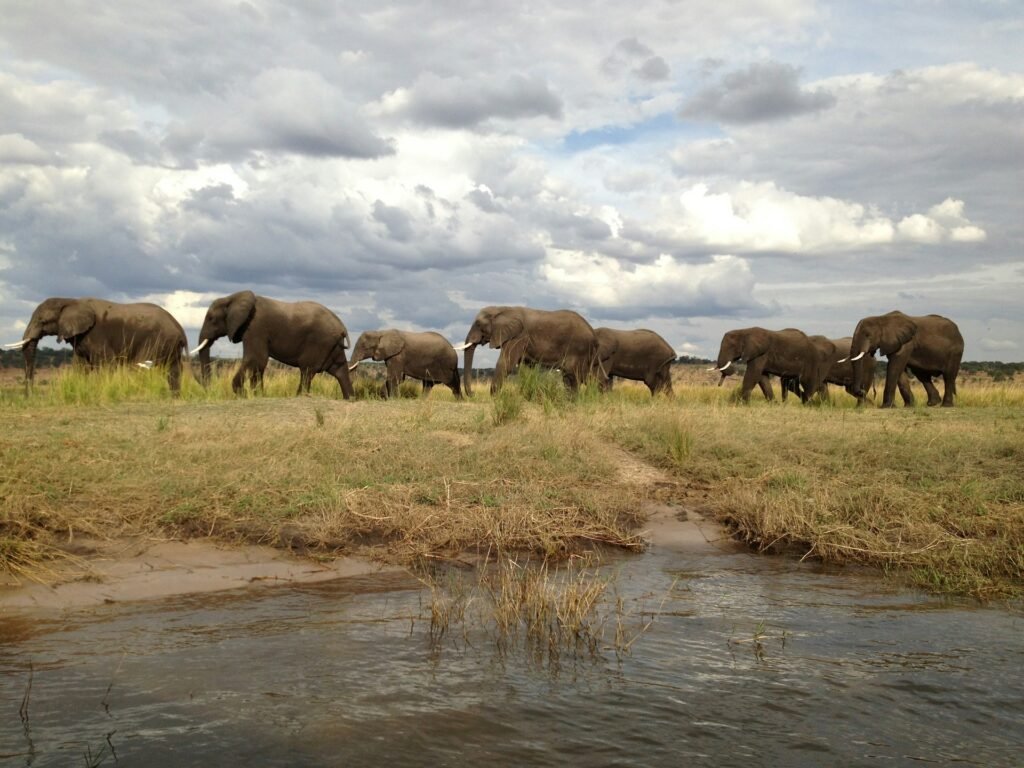
Chobe National Park protects Africa’s largest elephant concentration, with herds numbering in the thousands congregating along the Chobe River during the dry season. This 11,000-square-kilometer park offers unique boat-based safaris along the river, providing close encounters with elephants swimming, drinking, and playing in the water.
The park’s diverse ecosystems support the Big Four (no rhinos), with particularly strong populations of buffalo, lions, and leopards. The Savuté Channel region offers different landscapes and wildlife experiences, while the Linyanti area provides exclusive concession opportunities. Chobe features over 460 bird species, making it one of Africa’s premier birding destinations.
Unique experience: Afternoon river cruises allow visitors to observe elephants from water level, often seeing hundreds of elephants at once during peak dry season. The combination of land and water activities provides comprehensive wildlife viewing opportunities.
Hwange National Park, Zimbabwe
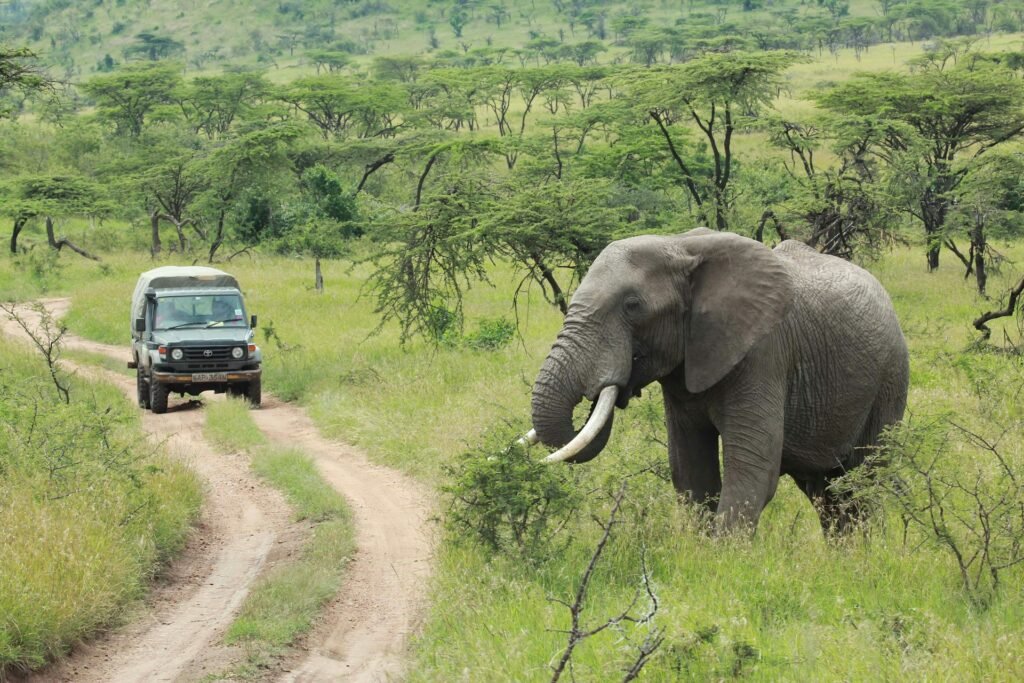
Hwange National Park, Zimbabwe’s largest national park at 14,650 square kilometers, hosts the world’s largest elephant population with over 40,000 individuals. This vast wilderness supports over 100 mammal species and nearly 400 bird species, making it one of southern Africa’s most biodiverse destinations.
The park’s artificial water holes attract enormous wildlife concentrations during the dry season from July to October. Hwange features healthy populations of endangered species including the largest population of African wild dogs on the continent. The park’s varied habitats range from teak and mopane woodlands to open grasslands, supporting diverse wildlife communities.
Conservation significance: Hwange plays a crucial role in elephant conservation, with the park’s population representing a significant portion of Africa’s remaining elephants. The park’s remoteness and large size provide authentic wilderness experiences with minimal tourist pressure.
Sabi Sands Game Reserve, South Africa
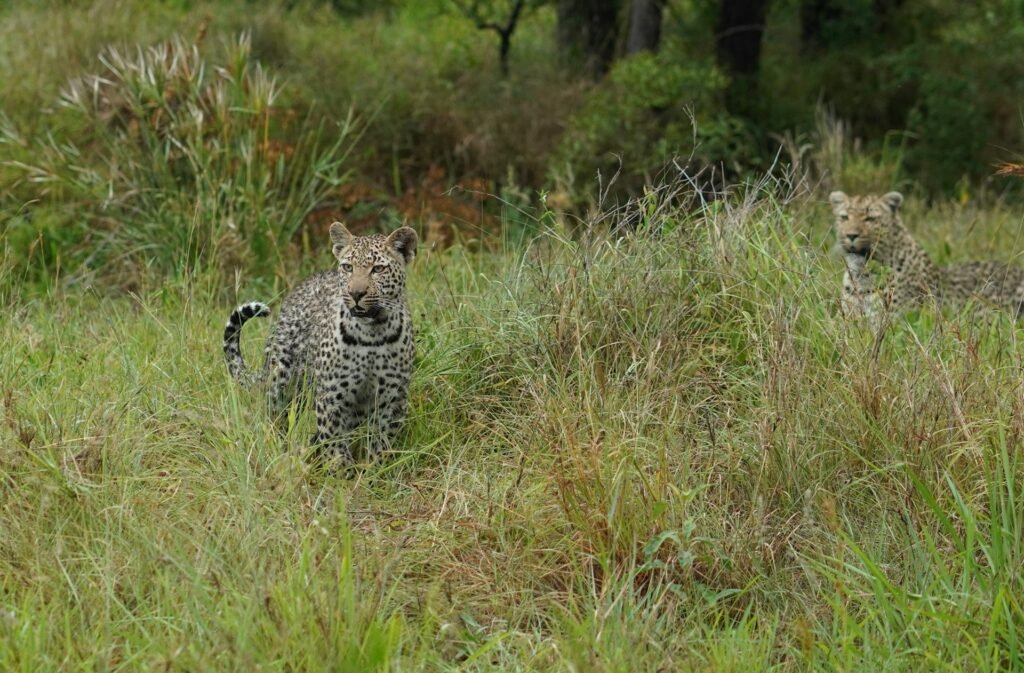
Sabi Sands Game Reserve ranks as Africa’s second-best safari destination, offering unparalleled luxury safari experiences adjacent to Kruger National Park. This 65,000-hectare private reserve provides exclusive wildlife encounters with no vehicle restrictions, allowing off-road driving for optimal game viewing.
The reserve is world-renowned for leopard sightings, with these normally elusive cats regularly observed due to expert tracking teams and relaxed animals accustomed to vehicles. Sabi Sands features some of Africa’s most luxurious safari lodges including Singita Boulders, Lion Sands Ivory Lodge, and Londolozi, offering world-class accommodation and personalized service.
Premium experience: Private game drives with dedicated ranger and tracker teams, bush walks, night drives, and exclusive access to prime wildlife areas. The reserve’s luxury lodges provide exceptional dining, spa services, and accommodation ranging from $300 to $2,000+ per person per night.
Ruaha National Park, Tanzania
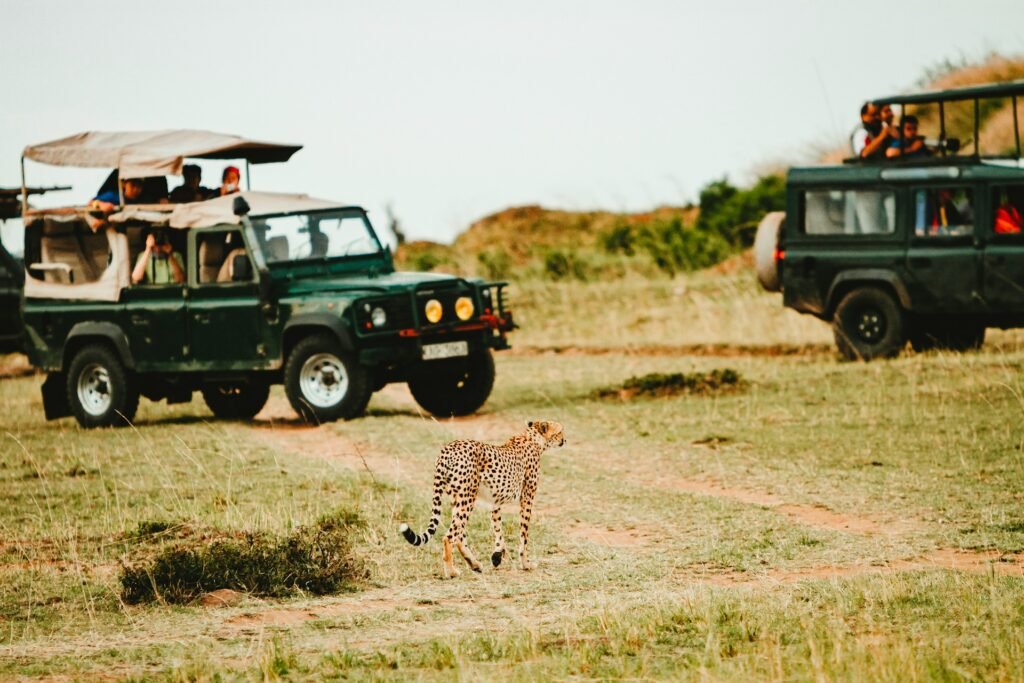
Ruaha National Park completes Tanzania’s exceptional safari circuit, ranking as the fourth-best safari park in Africa. This 20,226-square-kilometer wilderness represents Tanzania’s largest national park, offering pristine wildlife experiences with minimal tourist crowds. Ruaha supports four of the Big Five (no rhino) with particular strength in predator populations including lions, leopards, cheetahs, and African wild dogs.
The park’s Great Ruaha River provides year-round water, attracting large elephant herds, hippos, and crocodiles. Ruaha’s baobab trees create iconic African landscapes, while diverse habitats support over 570 bird species. The park offers excellent walking safaris and fly-camping experiences for adventurous travelers seeking authentic bush experiences.
Best kept secret: Ruaha remains relatively undiscovered compared to Serengeti and Ngorongoro, providing exclusive wildlife encounters and pristine wilderness experiences. The park’s remote location ensures authentic African safari adventures with exceptional wildlife density and minimal human impact.
Planning Your African Safari Adventure
Best Time to Visit
Most African safari destinations offer excellent wildlife viewing during the dry season (May-October) when animals congregate around water sources and vegetation is minimal, improving visibility. The Great Migration occurs year-round but peak river crossings happen July-October in Kenya’s Masai Mara.
Safari Costs for US Travelers
African safari costs vary significantly based on accommodation level and destination. Budget safaris average $150-300 per person per night, mid-range experiences cost $350-600, while luxury safaris can exceed $1,500 per night. A typical 10-day safari ranges from $3,000-15,000+ per person depending on luxury level.
Essential Safari Tips
Book 12+ months in advance for migration season and luxury lodges.
Pack neutral-colored clothing, avoiding bright colors and white.
Bring quality binoculars and telephoto camera lenses.
Stay hydrated and follow guide instructions for safety.
Consider malaria prophylaxis and ensure vaccinations are current.
Choosing Your Safari Experience
Private reserves offer exclusive access, off-road driving, and night drives but cost more than national parks. Group tours reduce costs while private safaris provide personalized experiences. Walking safaris in parks like South Luangwa offer intimate wildlife encounters, while boat safaris in the Okavango Delta and Chobe provide unique water-based wildlife viewing.
Conclusion
Africa’s top 10 safari destinations offer US travelers unparalleled opportunities to witness the world’s most spectacular wildlife in their natural habitats. From the legendary Great Migration in the Serengeti and Masai Mara to the pristine wilderness of Botswana’s Okavango Delta, each destination provides unique experiences that justify Africa’s reputation as the ultimate safari continent.
The combination of exceptional wildlife diversity, luxury accommodations, and professional guiding ensures that American travelers can experience Africa’s natural wonders in comfort and safety. Whether seeking budget-friendly adventures in Kruger National Park or exclusive luxury experiences in Sabi Sands, these destinations deliver transformative wildlife encounters that create lifelong memories.
Planning ahead, choosing the right season, and selecting appropriate accommodation levels ensure optimal safari experiences that showcase Africa’s incredible biodiversity and conservation success stories. These premier safari destinations continue to set the global standard for wildlife tourism, offering US travelers authentic African adventures that exceed all expectations.
